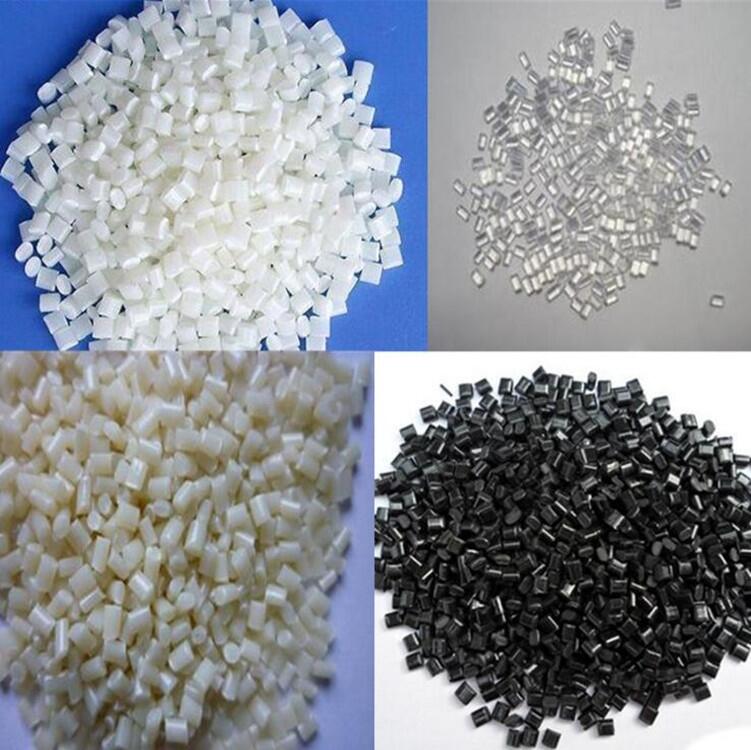Applications of Liquid Silicone in Environmental Protection
![]()
Liquid silicone known as its safe and eco-friendly. Because of this, it’s used in many green applications. For instance, in medicine, it makes safe catheters and implants. Similarly, in the food industry, it creates hygienic packaging. Furthermore, its production aligns well with environmental protection efforts.
The Environmental Friendliness of Liquid Silicone Production
Eco-Friendly Raw Materials:

The raw materials for liquid silicone are mostly eco-friendly, exerting relatively minor environmental impacts during production.
Low Carbon Emissions:
Continuous optimization of the production process for liquid silicone has reduced energy consumption and exhaust emissions, resulting in relatively low carbon emissions. Compared to other traditional materials, liquid silicone demonstrates significant advantages in carbon emissions during production.
Recyclability:
Liquid silicone possesses excellent recyclability, reducing resource consumption and environmental pollution. Recycling and reusing liquid silicone can decrease the demand for new raw materials, thereby lowering the environmental burden during production.
Environmental Challenges in Liquid Silicone Production
Exhaust Gas Treatment:
During liquid silicone production, gaseous byproducts are emitted, complicating exhaust gases. These gases are low in concentration and complex, challenging purification. Therefore, we implement comprehensive measures: gas collection, pretreatment, VOCs treatment, post-treatment, and monitoring, ensuring compliance.
Wastewater Treatment:
During liquid silicone production, high levels of sodium sulfate, other salts, and silicon compounds in wastewater inhibit biodegradation and raise treatment challenges. Therefore, we need technologies such as water quality adjustment, coagulation, silicon removal, filtration, and advanced treatment to purify the wastewater and ensure it meets discharge or reuse standards.
Environmental Measures in Liquid Silicone Production
Optimizing Production Processes:
Improving production processes to reduce energy consumption and emissions of exhaust gases and wastewater. Adopting advanced production equipment and technology to enhance production efficiency and reduce waste generation.

Strengthening Environmental Supervision:
Establishing and improving an environmental management system to strengthen supervision and monitoring of the liquid silicone production process. Regularly conducting emission monitoring of pollutants such as exhaust gases and wastewater to ensure compliance with local environmental standards.
Promoting Environmental Awareness:
Enhancing environmental awareness education to raise employees’ understanding of the importance of environmental protection. Encouraging employees to actively participate in environmental activities and jointly promote the green development of the enterprise.

By optimizing production processes, strengthening environmental supervision, promoting environmental awareness, and other measures, the environmental burden during liquid silicone production can be further reduced, promoting its development in a more environmentally friendly and sustainable direction.




